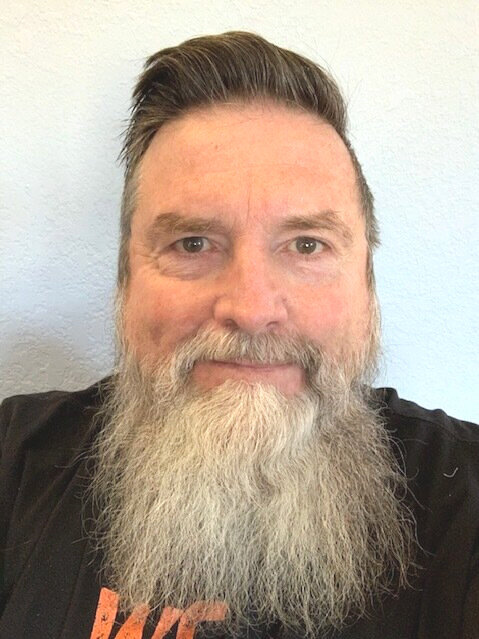Sculpture, Drawing
My work has always been about attitudes, choices and the act of “seeing” versus “experiencing”. It’s about the nature of reality and what we claim to know about it. As visual stimuli passes our retinas and through the pathways to the visual cortex, information is edited, packaged and bundled together with our experiences, prejudices, hopes, desires… producing efficient bits of data. In other words, our brain reveals neither a picture of absolute truth nor a perfect reflection of the world, but instead creates an inference based on our long history of experiences, beliefs, fears, desires and prejudices. If there is any “truth” to sight, it is immediately a subjective truth. The “reality” we think we are seeing is our first well-constructed myth.
How do you know what things really look like, what’s really there and what isn’t? You don’t. Parallel universes? Quite possibly. Orange water and purple grass? You bet.
I’m often amused by people’s reactions when they learn most of my images are not born of exotic locations, experiences or narratives. Many come from parking lots, mud puddles and snowbanks, from weeds and sidewalks. They come from little scenes people pass by every day, with neither the time or interest for inquiry. My paintings neither supply nor require answers. They demand nothing, except that you pay attention. To everything.
We experience the world through our own well-constructed realities, our natural - and self-imposed - limitations. They become quite comfortable. But this is where attitude and choice come in. We can choose to take things at face value, as we always have or prefer to. Is this the most rich, interesting and rewarding way to experience the world? Or, can we seek a more complete understanding, a deeper experience? It’s an attitude of potentials and possibilities. We can choose to adopt and nurture that type of attitude, and apply it across all areas of life; socially, politically, spiritually and personally – and, of course, looking at art.

